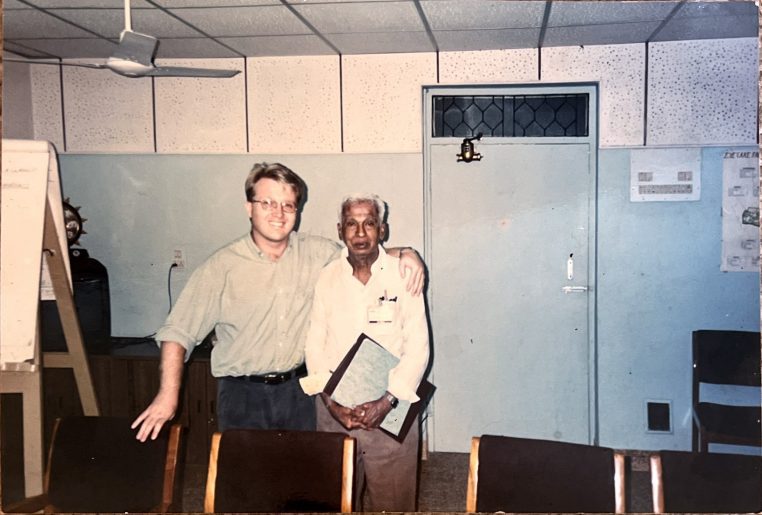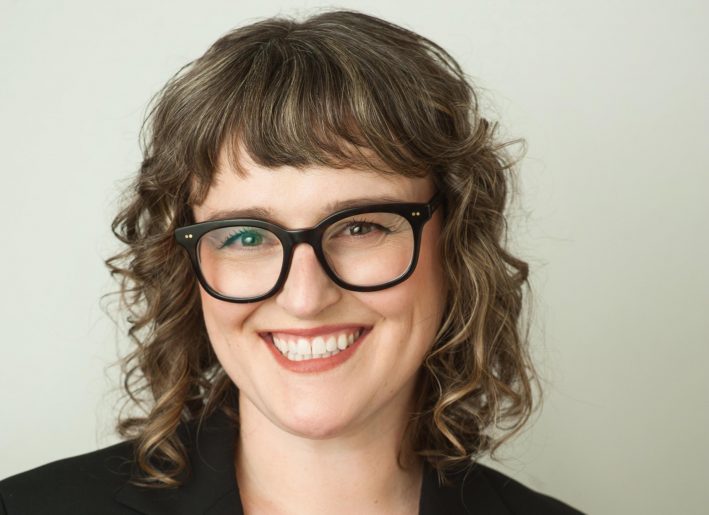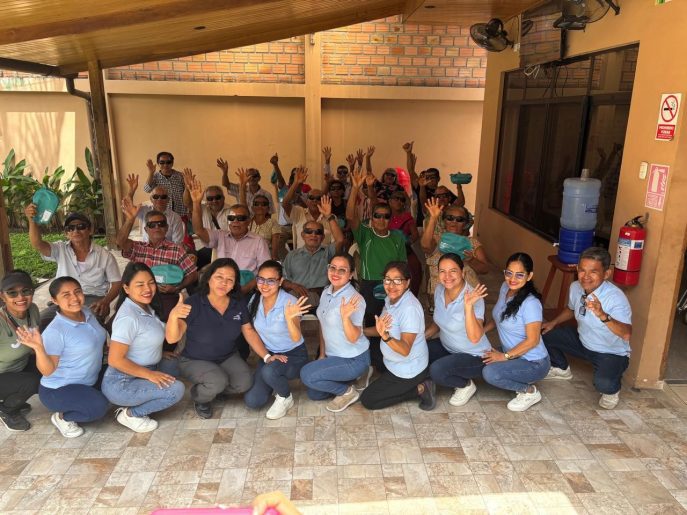Success, without side effects, will allow human research to continue
By Jason Koebler for US News
January 25, 2012
Monday, news broke that researchers improved the vision of two legally blind women by injecting embryonic stem cells into their eyes.
Some media outlets are hailing the findings as showing a cure for degenerative blindness, but, according to stem cell experts, the most exciting implications of the study are that neither woman experienced any ill effects from the transplant, such as tumor growth or rejection.
“It provides promise that stem cells may indeed be safe,” says Paul Tesar, a genetics and neurosciences professor who focuses on stem cell research at Case Western Reserve University School of Medicine. “A lot of attention has been directed toward the effectiveness of the trial, but without a clear control group, we just have anecdotal evidence of effectiveness.”
More importantly, the findings allow Advanced Cell Technology, the group behind the trial, and other researchers to continue human testing. ACT has already moved on to more trials, according to Robert Lanza, chief scientific officer of the company.
[Learn about FDA approval for the stem cell study.]
ACT will begin ramping up the number of cells implanted into patients’ eyes to determine optimal dosages and to figure out just how much vision can be restored. “We had another patient treated yesterday,” Lanza says.
The human eye is the perfect organ for early stem cell tests, according to Tesar. Researchers have easy access to the eye to monitor cell growth, so they’re able to easily detect tumors if they appear. It’s also extremely easy to tell if the treatment is working—a patient’s vision is either improving or it isn’t.
The four months both patients have been tumor free is “clearly a sufficient amount of time” to test the safety of cells, at least when compared to previous animal trials, Tesar says. In failed animal trials, uncontrollable cell proliferation usually happens within hours or days. Now that researchers know that these types of stem cells appear to be safe for human implantation, researchers can begin to “apply this type of technology to any number of organs and conditions.”
Lanza, of ACT, says the research could have far-reaching implications for patients who suffer from all kinds of degenerative vision conditions and other tough-to-treat diseases. He says ACT is already working on stem cell treatments that have cut the death rate in animals suffering from a heart attack and that can restore blood flow to limbs that might have otherwise been amputated.
[Most Americans support embryonic stem cell research.]
He says ACT developed the treatment with the idea of slowing degenerative eye conditions, but the effects in the company’s first two patients—one woman’s eyesight improved from being only able to detect motion to being able to read the top several letters on a vision chart—surpassed his expectations.
“The goal of this therapy was not to cure blindness but to slow down and prevent it. That we’re actually seeing a vision improvement is tremendous,” he says. These early findings could open the door to earlier and perhaps more effective treatment. “We’ve got to be sure we’re not going to harm the eye of a young patient who still has relatively good vision. Ultimately the real goal is to get rid of the diseases altogether.”
Although it’s too early to say how long the initial two patients’ vision improvements will last, Lanza is confident that stem cells can be a long-term solution for a number of diseases.
“There’s a very real chance these cells could survive for a very long time. It’s a question we don’t have the answer to, but these cells survive the lifetime of the animals we’ve studied,” he says. “They may last years, decades. It’s something we need to follow.”
Twitter: @jason_koebler



